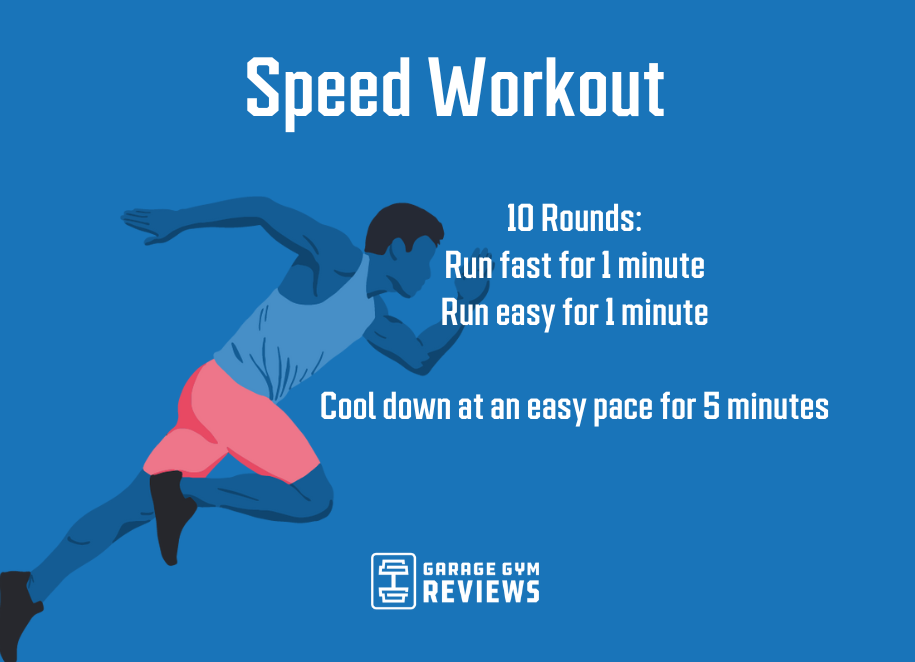Optimize Your Running Workout: Specialist Strategies Revealed
Optimize Your Running Workout: Specialist Strategies Revealed
Blog Article
Handling Usual Running Pains: Reasons, Solutions, and Avoidance
As joggers, we usually encounter different discomforts that can hinder our efficiency and enjoyment of this physical activity. From the debilitating pain of shin splints to the bothersome IT band syndrome, these typical operating pains can be frustrating and demotivating. Recognizing the reasons behind these disorders is vital in effectively addressing them. By checking out the origin factors for these operating discomforts, we can reveal targeted solutions and preventative procedures to ensure a smoother and extra fulfilling running experience (this page).
Usual Running Pain: Shin Splints
Shin splints, a common running discomfort, usually result from overuse or inappropriate footwear during exercise. This condition, clinically called medial tibial stress syndrome, manifests as discomfort along the inner side of the shinbone (tibia) and prevails amongst professional athletes and runners. The recurring tension on the shinbone and the tissues attaching the muscle mass to the bone causes swelling and pain. Runners that rapidly increase the strength or period of their exercises, or those that have flat feet or incorrect running methods, are especially susceptible to shin splints.
To stop shin splints, individuals need to progressively enhance the strength of their workouts, put on ideal shoes with appropriate arch support, and maintain adaptability and strength in the muscle mass bordering the shin. If shin splints do happen, initial treatment involves remainder, ice, compression, and elevation (RICE) Additionally, incorporating low-impact activities like swimming or cycling can assist preserve cardio fitness while permitting the shins to heal. Persistent or extreme instances might call for clinical evaluation and physical therapy for effective management.
Typical Running Pain: IT Band Disorder
In addition to shin splints, another prevalent running discomfort that athletes frequently run into is IT Band Disorder, a problem brought on by swelling of the iliotibial band that leaves the external upper leg and knee. IT Band Syndrome generally manifests as pain on the exterior of the knee, specifically throughout activities like running or cycling. The iliotibial band is a thick band of fascia that links the hip to the shin, and when it comes to be swollen or tight, it can massage against the upper leg bone, resulting in pain and discomfort.
Joggers experiencing IT Band Disorder might observe a painful or hurting experience on the external knee, which can aggravate with ongoing activity. Variables such as overuse, muscular tissue imbalances, incorrect running type, or insufficient workout can contribute to the development of this problem. To stop and ease IT Band Disorder, joggers need to concentrate on extending and enhancing exercises for the hips and thighs, proper footwear, gradual training progression, and addressing any biomechanical problems that might be intensifying the issue. Ignoring the symptoms of IT Band Disorder can bring about persistent problems and long term healing times, highlighting the value of very early intervention and proper monitoring techniques.
Usual Running Pain: Plantar Fasciitis

Plantar Fasciitis can be credited to various factors such as overtraining, incorrect footwear, running on hard surface areas, or having high arcs or level feet. To stop and relieve Plantar Fasciitis, joggers can include stretching workouts for the calves and plantar fascia, use supportive shoes, keep a healthy weight to minimize pressure on the feet, and gradually enhance running strength to stay clear of unexpected anxiety on the plantar fascia. If signs and symptoms continue, it is advised to get in touch with a healthcare specialist for appropriate diagnosis and treatment options to address the condition successfully.
Usual Running Discomfort: Jogger's Knee
After dealing with the challenges of Plantar Fasciitis, another widespread issue that runners often deal with is Runner's Knee, a typical running discomfort that can impede athletic performance and trigger pain throughout physical task. Runner's Knee, Full Article likewise understood as patellofemoral discomfort disorder, shows up as discomfort around or behind the kneecap. Runners experiencing this discomfort might really feel a dull, aching pain while running, going up or down stairways, or after extended periods of sitting.
Common Running Discomfort: Achilles Tendonitis
Typically afflicting runners, Achilles Tendonitis is an unpleasant problem that influences the Achilles tendon, triggering pain and possible constraints in exercise. The Achilles tendon is a thick band of cells that links the calf bone muscular tissues to the heel bone, critical for activities like running, jumping, and walking - take a look. Achilles Tendonitis typically creates as a result of overuse, inappropriate footwear, poor stretching, or unexpected rises in exercise
Signs And Symptoms of Achilles Tendonitis include discomfort and stiffness along the tendon, especially in the morning or after durations of inactivity, swelling that aggravates with activity, and perhaps bone spurs in chronic instances. To stop Achilles Tendonitis, it is important to stretch correctly previously and after running, wear appropriate footwear with appropriate support, slowly enhance the strength of exercise, and cross-train to lower recurring stress and anxiety on the ligament. Treatment may involve remainder, ice, compression, altitude (RICE procedure), physical therapy, orthotics, and in severe cases, surgical treatment. Early intervention and correct treatment are essential for managing Achilles Tendonitis efficiently and stopping long-lasting issues.
Conclusion

Report this page